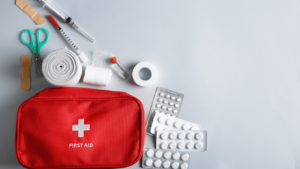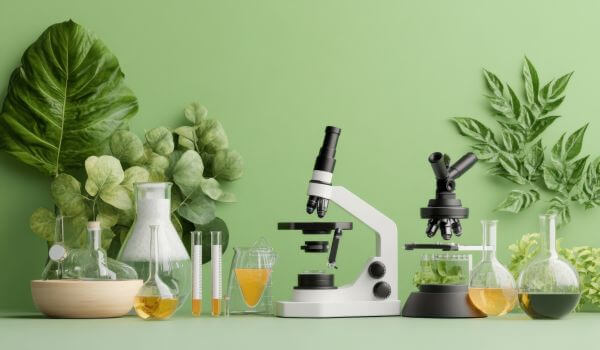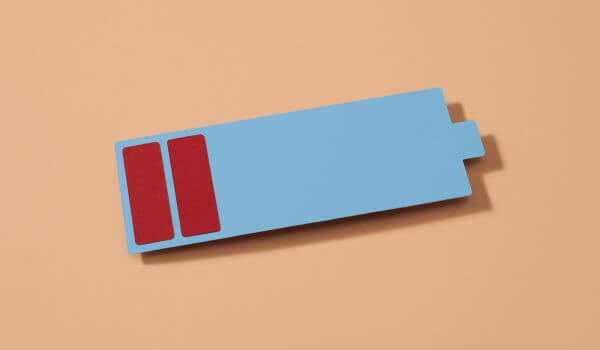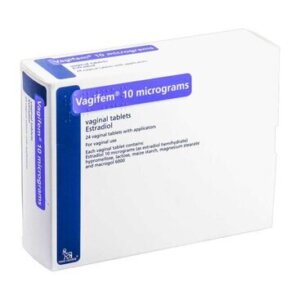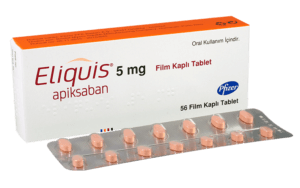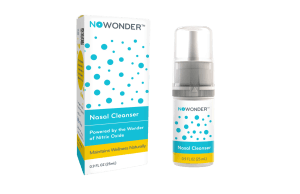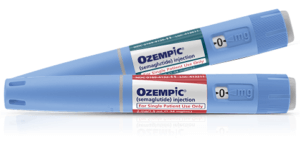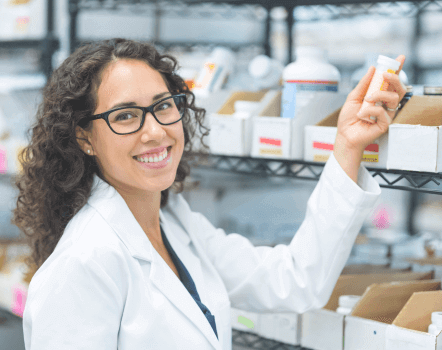Keep your home and yourself ready and prepared for emergencies!
As vacation time sets in, days fill with activities and enjoyment that the warm weather and freedom from a rigid school schedule bring. Hiking trips, barbeques, campfires, and outdoor play become the norm. Along with more outdoor activity comes a greater possibility of accidents and injuries – it’s just a normal part of living a healthy, active life. While we can’t anticipate every calamity coming down the road, and we certainly don’t want to waste precious time living in fear, there are some basic elements of first aid at home we can do to keep ourselves and our families safe.
A little forethought, a lot more fun
Remember the saying “Prevention is better than cure”? Especially when it comes to enjoying vacation times, simple elements of first aid at home like putting safety locks on medicine cabinets can keep inquisitive kids from turning the house upside down while you’re busy grilling another round of burgers. Speaking of BBQs, it’s a good idea to keep a close eye on that fire, and keep a water source nearby, just in case. Smoke detectors and fire extinguishers are also must-haves for every home.
For households fortunate enough to own a swimming pool, having someone trained in water rescue present whenever the pool is occupied, together with floating devices is essential! Even the smallest pools require supervision when little one are around.
As summer heat swells, power outages happen unexpectedly, making it wise to have portable lights readily available.
Be ready, come what may
Despite the best precautions, the unexpected can happen. When an accident does occur, it’s vital to be able to respond both quickly and effectively with first aid at home. Basic first-aid knowledge and a first aid kit can make a huge difference until professionals arrive (if needed at all).
Top tip: Take advantage of a slower summer schedule and consider signing up a refresher course in first aid at home – if you have teenagers, you can make it a family activity.
Make sure to have a list of emergency contacts listed and visible near the home phone or hung on the fridge.
Probably the most valuable resource in any home, at any time of year, is a well-stocked first aid kit.
There are some essentials needed for first aid at home that everyone should consider having, both at home, work, and the car, according to specialist websites like MayoClinic, PrepperSurvive and MorSafe. At a minimum, a first aid kit should include:
- Bandages (gauze and adhesive, pressure), skin cleaning wipes
- Anti-bacterial / hydrogen peroxide creams for open wounds
- Wound closure strips, nitrile gloves, micropore tape, universal shears
- Ice packs and heat packs for bumps and bruises
- Burn gels for both heat and over-exposure to the sun (Best treatment here is prevention! Hats and sunblock people!)
- For insect bites or stings, calamine lotion or hydrocortisone cream for topical treatment.Oral antihistamines like Allegra Allergy or Claritin.
- Nonprescription pain relievers as may be needed (Tyelonol, ibuprofen), or OTC treatments for backaches, tummy aches, diarrhea or constipation
- Hydration tablets.
Just as vital, keep your inventory of prescription medicines up-to-date. This is especially important for drugs that have immediate effects or short half-lives once taken. For example:
- Insulin injections for diabetics (missed doses can lead to hyperglycemic shock and possibly diabetic ketoacidosis)
- Clonidine treatment for high blood pressure (missed doses can cause rebound hypertension)
- Propranolol and other beta-blockers for high blood pressure (can lead to elevated heartbeat and even a heart attack)
- Benzodiazepines for anxiety symptoms and panic attacks (sudden withdrawal can lead to confusion, delirium, delusions and hallucinations).
Another thing, make sure to understand what’s written on those product labels in the medicine cabinet, be it your sunblock, mosquito repellent, or those colorful vitamins. If you have any questions, ask your friendly pharmacist for help.
Know your limits, and who to turn to.
Whilst minor incidents can usually be dealt with at home, there may be occasions when first aid at home will not be enough, and professional assistance is necessary. In such cases, be prepared for emergencies by having a list of essential contact numbers at your disposal. In the US, the main emergency service number is 911, mental health crisis number 988. Make sure you have the number for your local hospital and a local poison control center written in clear sight as well.
Why having basic first aid skills is important
First aid at home refers to the initial assistance provided to someone who is sick or injured. Sometimes, this immediate care is all that is needed to address the situation. In other cases, it serves to stabilize the person’s condition, prevent it from getting worse, and keep them alive until medical professionals or emergency services can take over.
One of the most effective ways to be ready for emergencies is by obtaining certified first-aid training. Until that is possible, it can be helpful to understand some fundamental life-saving techniques.
Assess the Situation
In a medical emergency, the initial step is to evaluate the situation carefully. This involves observing the surroundings, identifying potential hazards, and determining the condition of the person in need of assistance. Is the scene safe? Evaluate the surroundings of the injured person to determine if they are in a secure location and if it is safe to approach them. Any potential hazards should be identified before providing assistance. If personal protective equipment, such as gloves, is available, it should be used to avoid direct contact with blood or other bodily fluids.
If a person is unresponsive, struggles to stay awake, is not breathing or is gasping for air, or has severe bleeding, it is critical to call 911 immediately. In the event of a potential head, neck, or spinal injury, it is important for the individual to remain still until professional medical help arrives.
ABCDEs of first aid
When a person is unconscious or unresponsive, the fundamental steps of first aid focus on three key areas: ensuring the airway is clear, checking for normal breathing, and assessing circulation. (Airway, Breathing, Circulation)
When a person is not breathing, the first step is to open their airway if possible. If their airway is clear but they remain unable to breathe, rescue breathing can be provided if the responder feels comfortable doing so. While giving rescue breaths, it is important to perform chest compressions to keep blood circulating through the body. If the individual is unresponsive, their pulse should be checked, and if no pulse is detected, chest compressions should be started immediately.
What are some situations that may require basic first aid?
Cardiac Arrest
Cardiopulmonary resuscitation (CPR) is a critical lifesaving technique used during emergencies when someone’s heart has stopped beating, a condition known as cardiac arrest. Performing CPR or using an automated external defibrillator (AED) can help restart the heart or keep blood circulating until medical professionals can use a defibrillator to fully restore heart function. This procedure can be vital in saving a person’s life.
Automated External Defibrillators (AEDs) can be found in many public spaces and businesses. These devices are designed to be simple enough for anyone to use, even without prior training.
Bleeding
When a person is injured and bleeding, understanding a few basic facts about how blood behaves can be useful. The appearance of the blood, including its color and the way it exits the body, can vary depending on the type and severity of the injury.
- Bleeding from capillaries, the smallest blood vessels in the body, appears as a slow and steady trickle. This type of bleeding is typically minor and often stops without any intervention.
- Bleeding from veins can vary in intensity, from minor to severe. The blood may emerge as a slow trickle, a steady flow, or, in certain cases, a sudden spurt.
- Arteries are the largest blood vessels in the body and are responsible for carrying oxygen-rich blood. When an artery is damaged, it can result in bright red blood spurting from the wound. This type of bleeding can lead to rapid blood loss and is considered very serious.
In most situations, external bleeding can be managed with proper first aid. However, severe bleeding can lead to shock and may even be life-threatening if not addressed promptly.
Burns
The initial step in treating a burn involves stopping whatever is causing the burn. This could include cleaning off harmful chemicals, shutting off an electrical source, cooling the affected area with running water, or removing someone from direct sunlight to prevent further damage.
Burns are classified into three different degrees based on their depth and size. First-degree burns affect only the outer layer of the skin, causing redness and swelling, and are typically considered minor. Second-degree burns damage two layers of skin, resulting in blistering, redness, and swelling. Third-degree burns are the most severe, affecting deeper layers of skin and causing white or blackened skin that may feel numb.
Severe burns should be treated as a medical emergency. After ensuring the burning has stopped, it is important to contact emergency services by calling 91.
Broken bone
Injuries to the limbs, hands, or feet should be treated as potential fractures until confirmed by an X-ray. Although fractures require medical attention, not all cases demand an immediate trip to the hospital. First aid measures can help stabilize the injury until a healthcare professional can provide proper treatment.
Sprains
A sprain occurs when the connective tissues that support bones, cartilage, and joints are stretched or torn due to a joint being twisted. This type of injury is most common in areas like the ankles, knees, and wrists. The symptoms of a sprain can closely resemble those of a broken bone, making it important to use an X-ray to confirm the exact type of injury.
Nosebleeds
Nosebleeds can occur for a variety of reasons. In children, one of the most frequent causes is digital trauma, which refers to the act of inserting fingers into the nose, better known as nose picking. Other potential causes include colds, allergies, or frequent and forceful nose blowing. Physical trauma to the nose, a deviated septum, or nasal polyps can also contribute. Certain medical conditions, such as bleeding disorders like hemophilia or leukemia, and even high blood pressure, may increase the likelihood of such problems.
Bee Stings
A bee sting can cause significant pain, but is usually a minor issue for most individuals. However, for those who are allergic to bee venom, a sting can pose a serious and potentially life-threatening danger. Allergies to bee stings can occur unexpectedly, making it essential to monitor for signs of an allergic reaction whenever someone is stung by a bee.
An allergic reaction to a sting can cause various symptoms, including swelling in areas beyond the sting site, skin flushing, and hives, which appear as large, raised red or skin-colored bumps. It may also lead to itching and, in severe cases, anaphylaxis. Anaphylaxis is a serious and potentially life-threatening reaction that can result in symptoms such as widespread hives, swelling, chest pain, confusion, excessive sweating, blue discoloration of the lips and nails, and difficulty breathing.
For individuals with a known bee sting allergy, using an EpiPen can help prevent anaphylaxis. In cases where the person does not have a known allergy, it is essential to monitor them closely for any symptoms of an allergic reaction while providing basic first aid for the bee sting.
Where to get first aid training
A formal CPR class provides essential training in performing chest compressions, rescue breathing, and operating an AED. These courses are available through organizations like the American Red Cross, local community first responder groups, and various online platforms.
Farewell, and happy summer days!
Vacations are a time for enjoyment and making memories. With the right amount of preparation and safety, you’ve got a great shot at making those memories uniformly positive. Should you have any questions or require further advice on safety this summer, please do not hesitate to reach out to us. We wish you a safe and enjoyable summer season.
Common questions about first aid
What is simple first aid?
First aid involves a variety of simple treatments to address minor injuries and discomforts. This can include cleaning small cuts, scrapes, or burns, applying bandages or dressings, and using over-the-counter medications. It may also involve draining blisters, removing dirt or particles from the eyes, providing massages for muscle relief, or encouraging someone to drink fluids to prevent or recover from heat-related stress.
How to prevent choking?
Johns Hopkins Medicine advises taking precautions to prevent choking, such as cutting food into smaller pieces and chewing it slowly and thoroughly, especially for individuals who wear dentures. It’s also important to avoid talking or laughing while eating and swallowing, as this can increase the risk of choking. Additionally, limiting alcohol consumption before and during meals is recommended to help maintain proper focus and control while eating.
What should you check first in an emergency?
The first step is to ensure the scene is safe, as personal safety is essential to effectively assist others. Once the area is secure, the responder should get the person’s consent and assess their condition to identify the illness or injury. After evaluating the situation, it’s important to either call 911 or instruct someone nearby to do so and retrieve any necessary emergency equipment.
Can you do CPR over clothes?
CPR can be performed without removing the person’s clothing, as it works effectively over whatever they are wearing. However, if a defibrillator is needed, all clothing must be removed. This includes items such as bras or chest bindings, as the defibrillator pads need direct contact with the skin to work properly.
What is the golden rule of first aid?
The most important rule of first aid is to focus on safety for both the person helping and the patient. Before giving any assistance, it’s essential to check the area and make sure it’s safe to approach. Staying calm, acting carefully but efficiently, and calling for professional medical help when needed are all key steps in providing effective aid.

